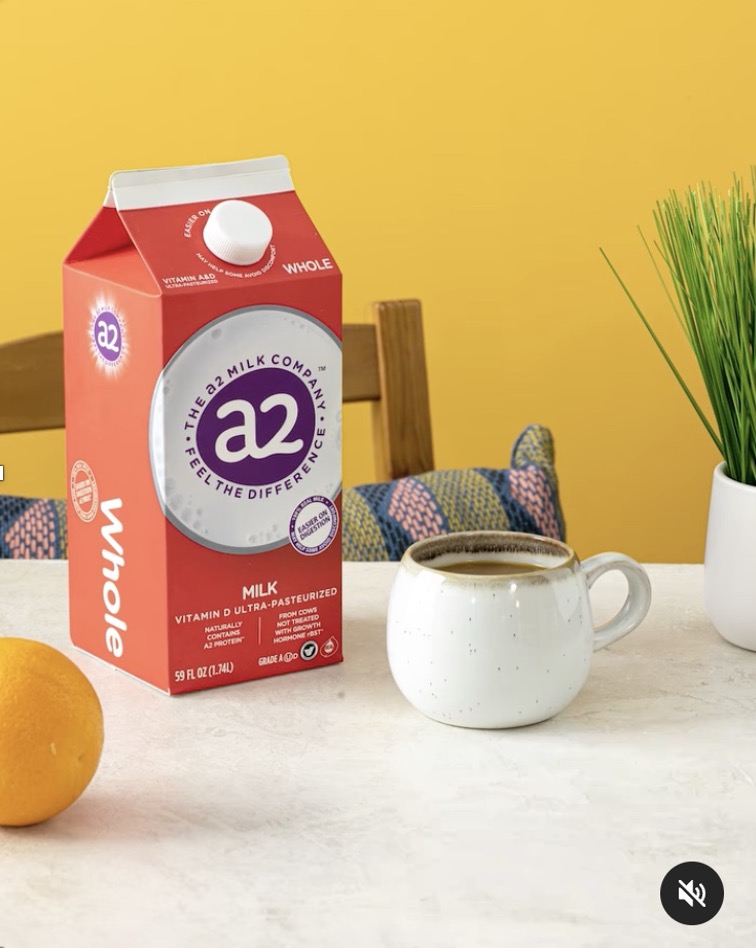Minimal Chic

Malk pack
The CODE-X series catalogs a vast codex of source codes (aka “signs”) extracted from past audits.
The object of study in semiotics is not the signs but rather a general theory of signification; the goal of each “audit” is to build a model demonstrating how meaning is produced and received within a category or cultural territory. Signs on their own, therefore, only become truly revelatory and useful once we’ve sorted them into thematic complexes, and the complexes into codes, and the codes into a meaning map. We call this process “thick description”; the Code-X series is thin description.

“MINIMAL CHIC” NORM: A stylish, sophisticated lack of clutter.

“MINIMAL CHIC” FORMS: Un-fussy, elegant pack design — suggests few ingredients, and an easy-breezy lifestyle. Ample use of white/empty space. Just one image (a cow, say, or an almond or small pile of almonds); or else no images — just text. Restrained typography and use of language. Often sans serif typefaces; often very slim typefaces. Un-fussy, elegant kitchen spaces: no decorations on the wall; just a few accoutrements; often a very white space — white walls, white marble surfaces, etc.

